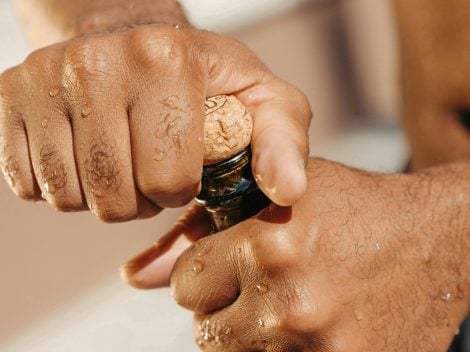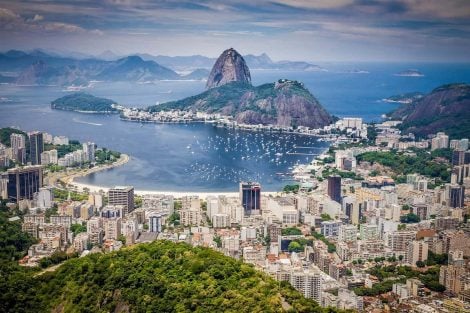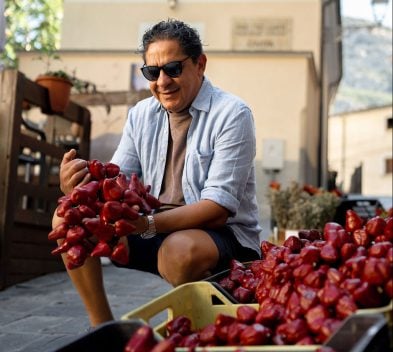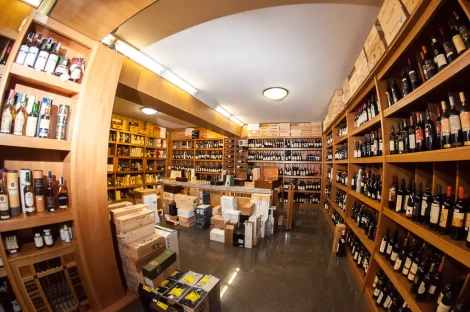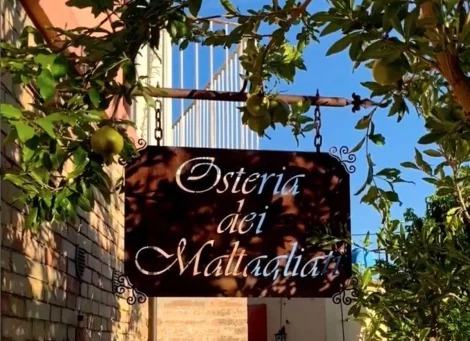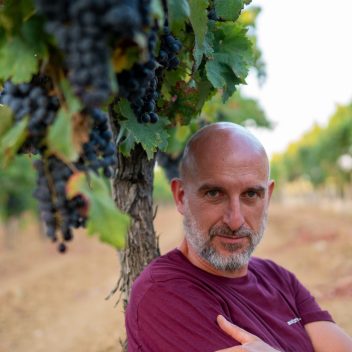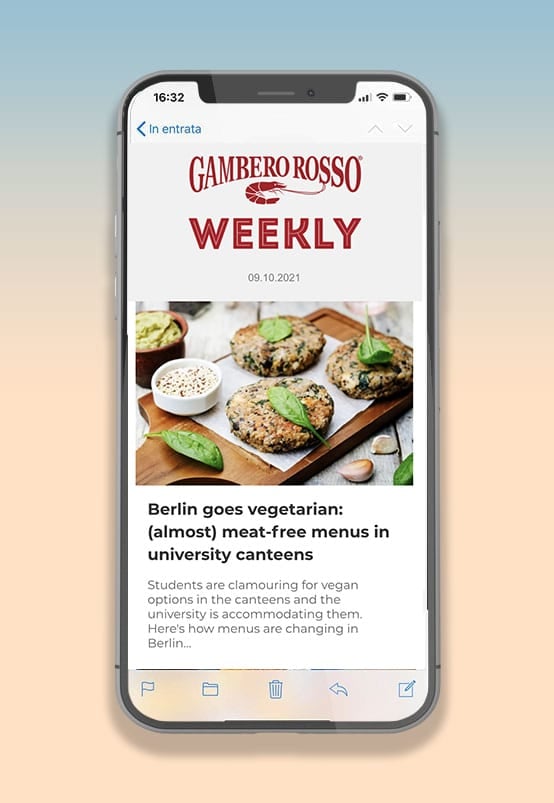There is a woman who, quietly and steadily, is revolutionising the world of méthode classique on Etna. Maria Carella is one of the — still too few — emerging Italian female oenologists.
Born in Palermo, she graduated in Agricultural Science from the University of Palermo, then completed a Master’s degree in Milan specialising in wine system management, studying under great teachers such as Scienza and Brancadoro. Her first professional experience was at the Miceli winery in Pantelleria, but her real training ground was Calatrasi in San Cipirello, in the province of Palermo, where she worked with a team of oenologists from all over the world, especially Australia and New Zealand.
She has now been working for 17 years on Etna for Cantine Nicosia, based in Trecastagni, developing a specific expertise in sparkling wine production.
Who were your mentors?
It’s difficult to name anyone in particular. I prefer to think in terms of wine style: I look to the wines of Trentino and Alto Adige — I seek cleanliness, freshness, and elegance.
How many women were there at oenology school?
Very few: about 10% of the total.
How many opportunities have you had to exchange ideas with other women in the field?
At the start of my career, I worked with Australian and New Zealand female oenologists at Calatrasi. In the early 2000s, there was a strong focus on an international style, and they were the pioneers. In that period, there wasn’t much respect for the characteristics of the local terroir. That winery produced many IGT wines — focusing on volume rather than the territorial differentiation we value today. Now, attention has shifted to native grapes.
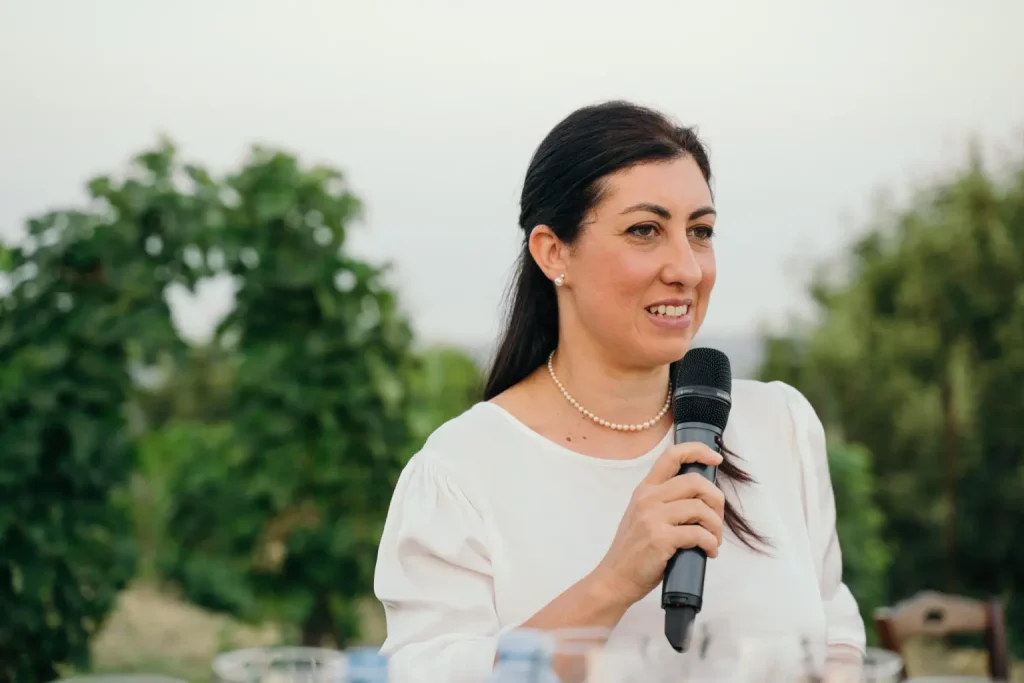
What does it mean to be a woman in the male world of oenology?
For me, it has always felt spontaneous and natural. I’ve never felt different from a male oenologist: this has always been my job and I’ve always felt comfortable doing it. Female oenologists have increased over time, but they still remain a minority. I’m part of the Women in Wine Association, which includes professionals from different sectors and is very active here in Sicily in promoting women’s work.
Sicily now has more and more women oenologists...
That’s true. Among others, I’d mention Laura Orsi and Lorenza Scianna of Tasca d’Almerita, Irene Vaccaro of Vivera, and Maria Cannavò of the Cannavò winery. But I engage with all my colleagues, not just the women.
What still needs to be done to increase female representation in oenology? Is it up to the system or to women themselves?
It depends on women. It’s a demanding profession: you must do it out of passion, and it leaves little time for family life.
From Palermo to Catania. How did you end up at Nicosia?
I was driven by a desire to grow and explore. I sensed the company’s ambition to invest in the territory and in quality. I knew they were looking for someone, and we found each other. My arrival coincided with the inauguration of the new winery in 2008 — that marked the start of a new chapter of growth for the company.
What was your first impression of Etna?
I was used to the varieties of western Sicily — rich in colour, intense, concentrated — so seeing Nerello Mascalese completely transparent during the first processing was a shock. But beyond the colour, there’s great substance: Nerello produces wonderfully elegant wines, and production techniques have evolved significantly. In the beginning, Etna wines were misunderstood in competitions because of their pale colours. Now they’re highly appreciated. These are mountain wines, with characteristics distinct from other terroirs.
Can we say that Etna had an ancient viticulture, but an oenology that was still to be invented?
Everything here used to be traditional: in the past, they made “pista e ammutta” (“crush and press”), a light red wine known as rosello, consumed in taverns and wine bars. Today, consumption habits have changed, and so has oenology, thanks to the arrival of new professionals and technologies.
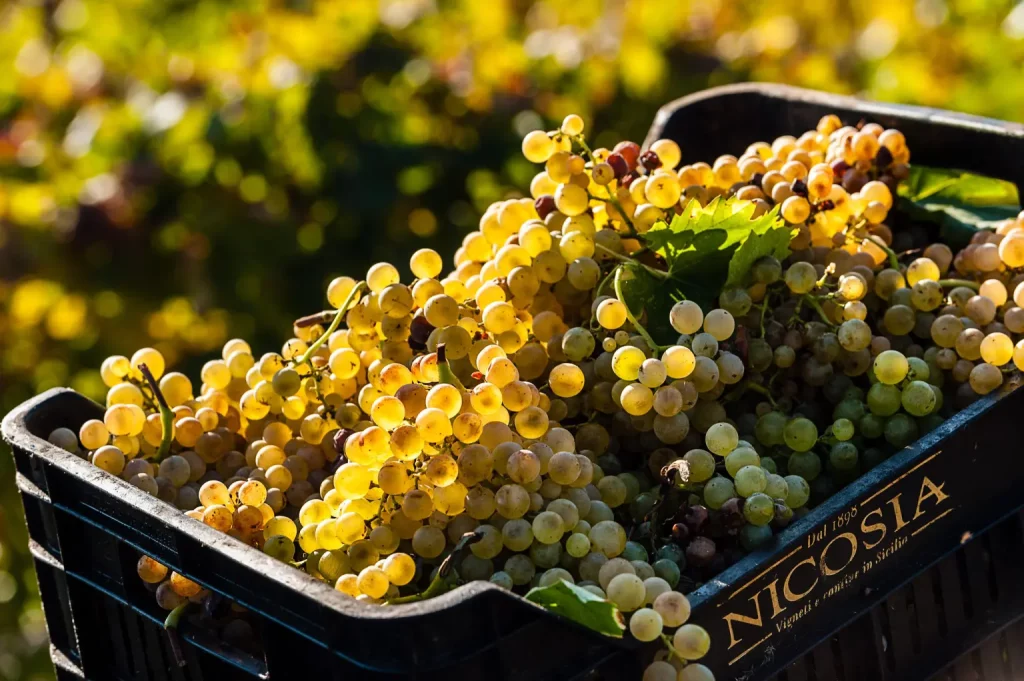
Etna Rosso or Etna Bianco? Nerello or Carricante?
(She smiles.) I can’t discriminate between them; each has its own place. They’re completely different wines but can coexist perfectly. From Nerello you get a fresh, elegant red; from Carricante, you get freshness and minerality. Both are highly acidic and need to be understood — but they age beautifully. In the past, Nerello dominated, but now there’s a change of direction: Carricante is growing and increasingly in demand, soon to rival Nerello in volume.
How do you see the present and future of Etna?
Today it’s the driving force of all Sicily: a unique territory, recognised internationally, producing original and unrepeatable wines. For the future, we must play our cards wisely: you can’t make millions of bottles here. Producers should push together as one territory; with greater cooperation and harmony among wineries, excellent results can be achieved.
Nicosia also processes grapes for other wineries. Do you oversee those too? What insights does that bring to your work?
It’s enriching: grapes come from all sides of Etna, giving you a complete vision of the volcano. It’s like carrying out many micro-vinifications. Some wineries have their own oenologists, so day to day we follow their directions. Each winery has its own projects; nothing is standardised — it depends on the terroir, grapes, and markets. Some producers are more conservative, preferring low-sulphite, natural winemaking. It’s an interesting but challenging experience.
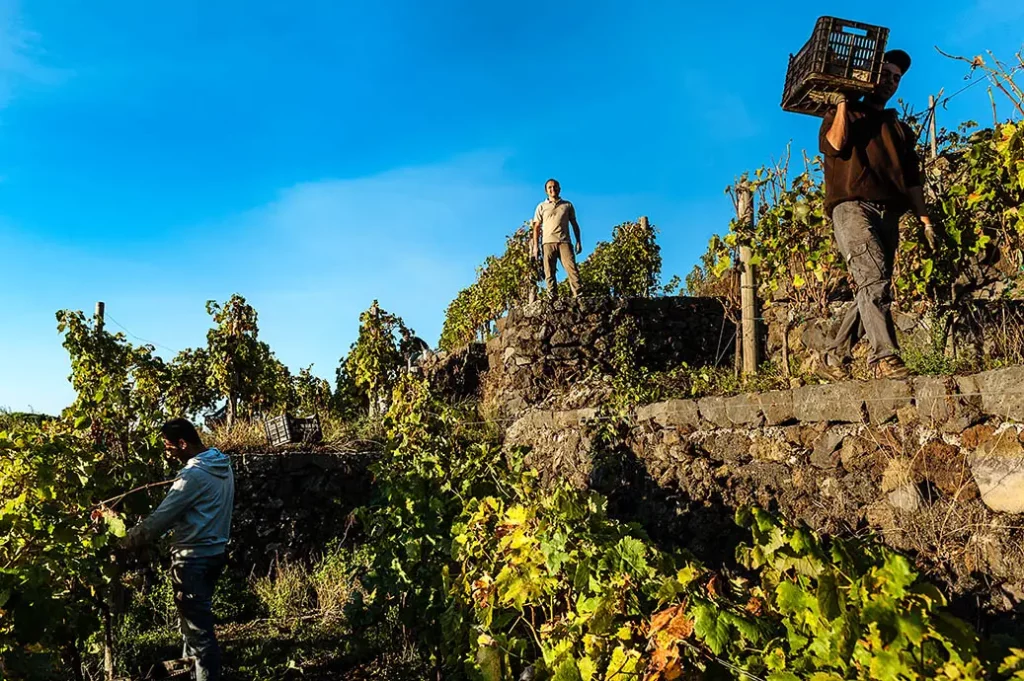
What has been your most challenging experience?
Without doubt, méthode classique. Etna’s native grapes are perfectly suited to sparkling wine production, and the volcano offers all the ideal conditions — starting with vineyard altitude. For me, it’s magic: with yeasts, you never quite know what will happen, and the evolution from long ageing is astonishing. There are many variables, but we’ve embraced the risk that comes with this process.
On Etna, Nicosia is now a reference point for sparkling wines...
It all began with the 2011 vintage: our méthode classique from white Nerello was the first to obtain Etna DOC certification. We’ve enhanced this path with new machinery and technology, making us completely self-sufficient — and with strong communication and events like “Bolle in Vigna”, now in its sixth edition.
After Benanti, you were next with Carricante sparkling wines, which will soon be included in the new DOC rules.
Exactly — our first Carricante méthode classique also dates back to 2011. But we have our own record: we’re currently the only winery to present a Carricante that remains on the lees for 60 months.
All your sparkling wines are dosage-free. How do you explain such a radical oenological choice?
Our sparkling wines are based on native varieties and are vintage-dated: for us, it’s important to preserve both varietal and territorial characteristics. These are mountain wines — adding dosage and raising sugar levels would diminish their traits. The softness achieved through dosage in our early vintages didn’t convince us; we preferred to extend ageing on the lees instead. These bubbles embody the spirit of the territory — dry and elegant. The current DOC rules still limit us slightly, but with upcoming changes, we’ll finally be able to label them dosage zero.
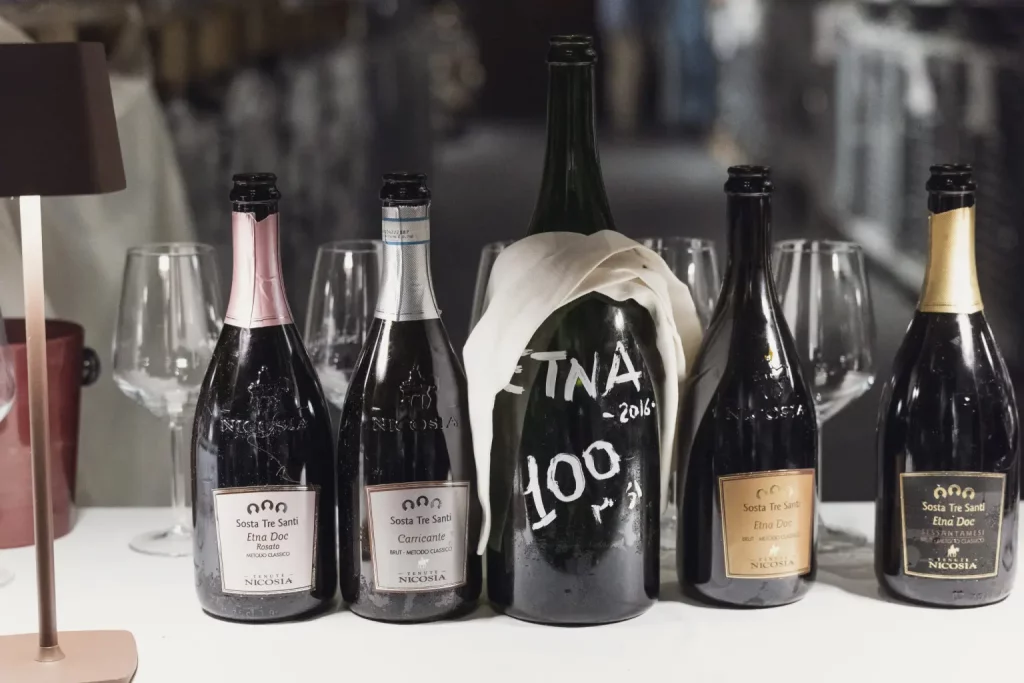
Méthode classique seems increasingly to be Etna’s new frontier. Could your work inspire others?
It’s an emerging reality with strong potential: the territory allows it, though volumes will never be large. The more Etna producers who embrace it, the better — as long as production is well regulated. I say no to cloying wines or artificial blends.
Whites and sparkling wines dominate today’s market. Is there still space for reds?
Whites and sparkling wines are driving the market. But I’m somewhat traditional: I believe that if a product is well made, it will sell regardless. Among reds, Nerello Mascalese and Frappato are our trendiest varieties. Still, the market is diverse and full of surprises.
Vintage 2025: will it finally be a great year?
We had plenty of winter rain, and summer was hot but without extremes: prospects are good, though we must wait a few more weeks. On these slopes, the grapes are healthy — I’d say excellent — and yields are fair: we could produce some beautiful wines.
Does climate change worry you? How does it affect your work?
There are cyclical historical periods: for example, in 2003 we had an extremely hot summer. These situations repeat themselves. Right now, I’m working on experiments with the University of Catania on heritage Sicilian varieties to study their behaviour. Some are showing interesting traits, especially in terms of high acidity — a project that may give us useful insights for the future.
Are excessive yields a problem given market instability?
On Etna, yields are never excessive. In fact, the last few harvests have been less productive. There has been a market slowdown, yes, but we haven’t suffered from it.
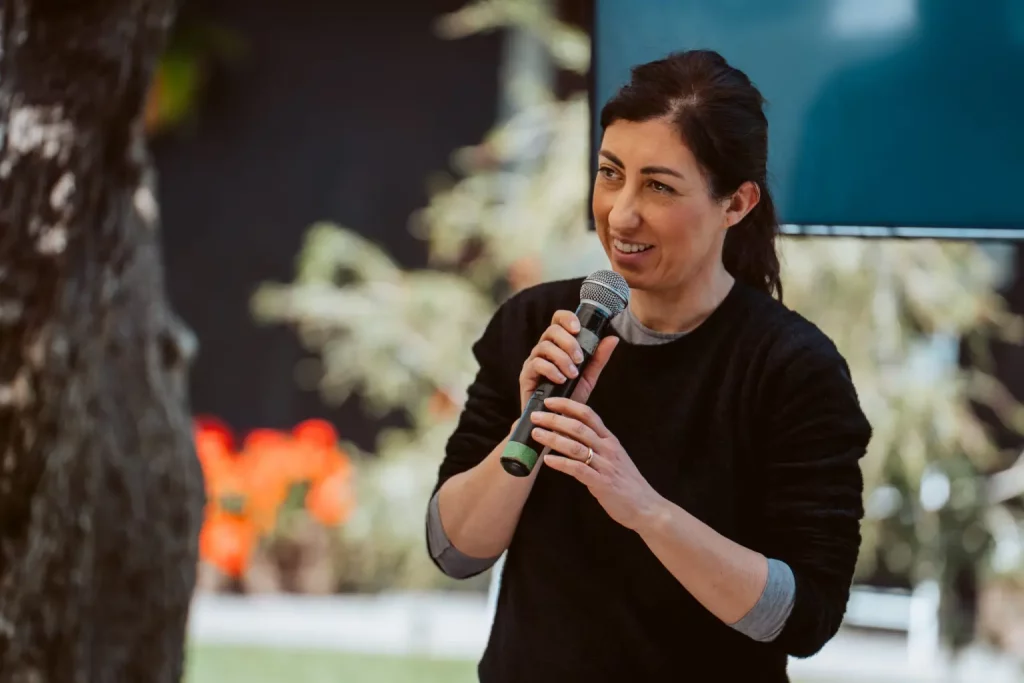
Is there a stylistic challenge to connect with today’s consumers?
If you make a product that represents its territory, you’ll never lose. The market still asks for approachable, soft, easy-drinking wines — but for a terroir-driven project, the philosophy is completely different.
What’s your opinion on low-alcohol and no-alcohol wines?
We’ve had requests from Northern Europe, but I don’t feel ready for that market. You do get a healthier product, but without alcohol, you must compensate with other elements for preservation. For me, if there’s no alcohol, it’s no longer wine. A low-alcohol wine, however — harvested earlier and vinified differently — could be a valid solution.
What do you think about natural wine?
I’d say “yes and no.” I’m not very inclined towards it. Making a natural wine requires obsessive care and attention at every step. These wines don’t have a long shelf life, suit only certain markets, and are often difficult to drink: whites too coloured, reds too volatile. I also minimise intervention, but I’m not an extremist. We can’t just leave the grapes to themselves — the human touch is always essential.

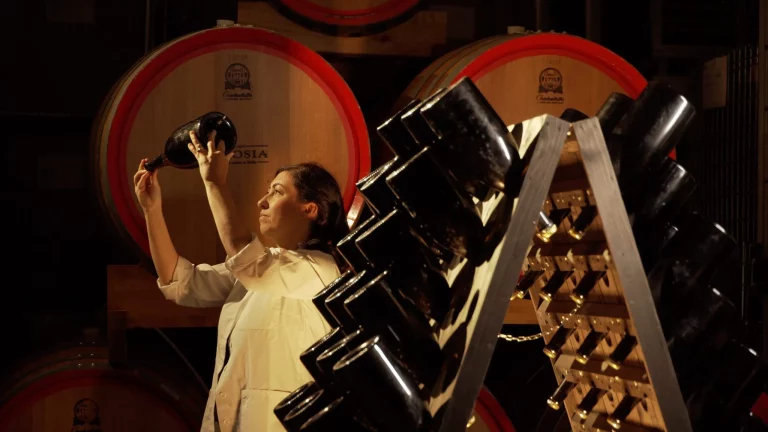
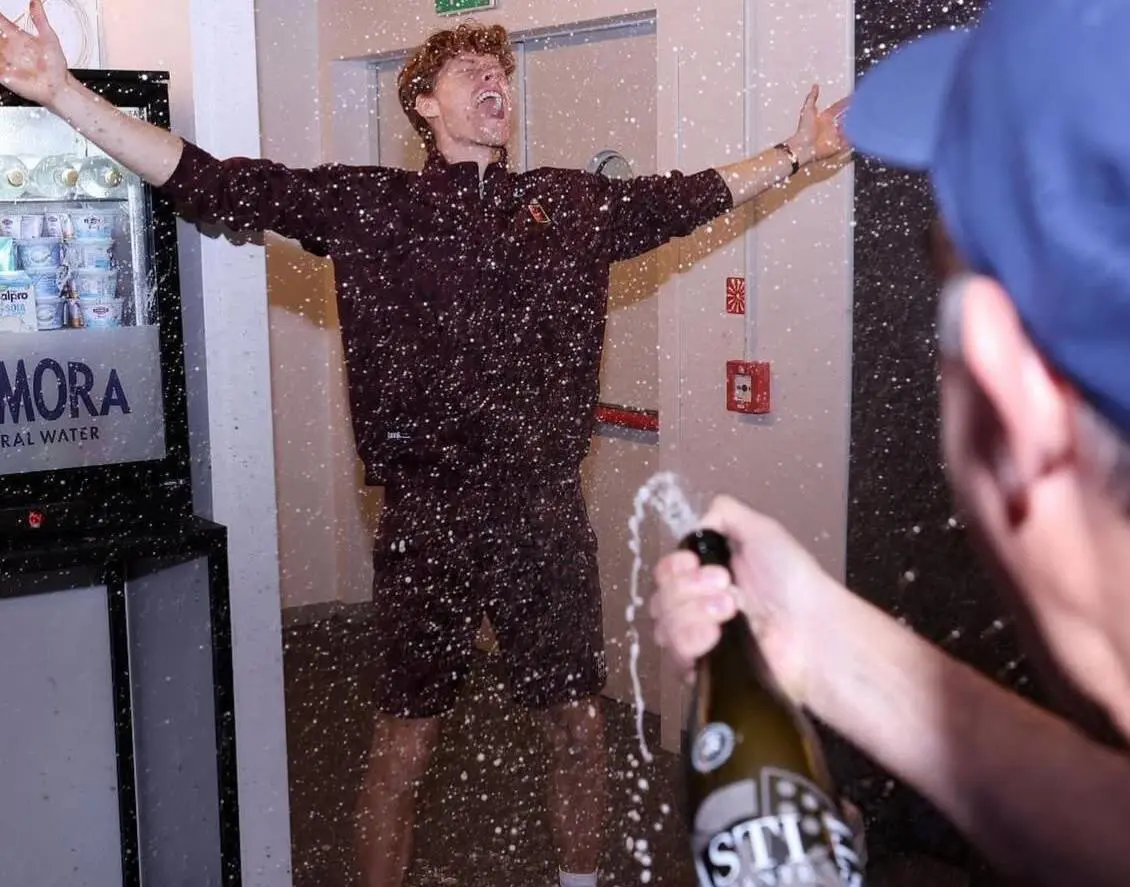 Jannik Sinner toasts ATP victory with Asti, but Italian newspapers call it 'Champagne'
Jannik Sinner toasts ATP victory with Asti, but Italian newspapers call it 'Champagne'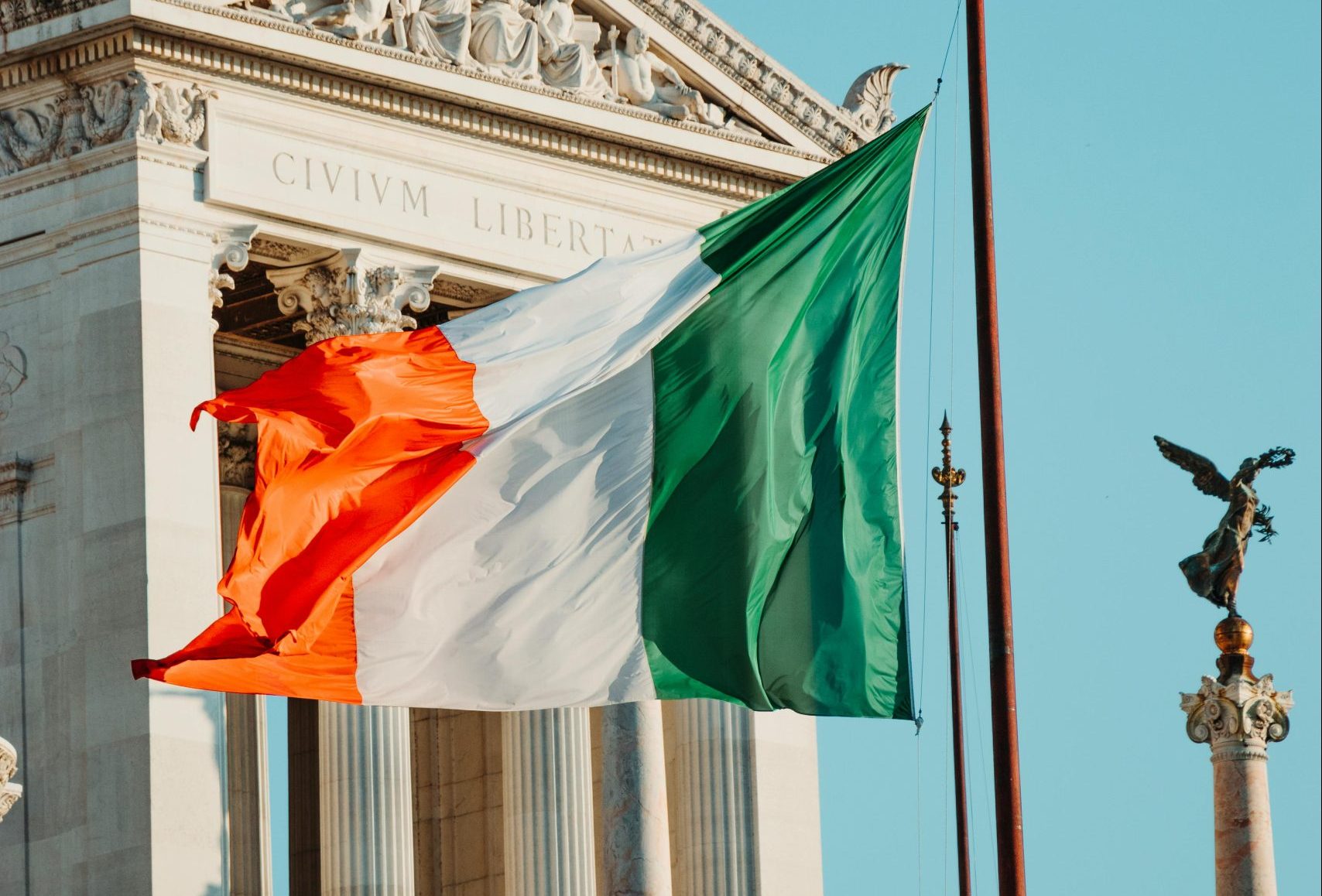 Italy defies global wine production drop, OIV data reveals
Italy defies global wine production drop, OIV data reveals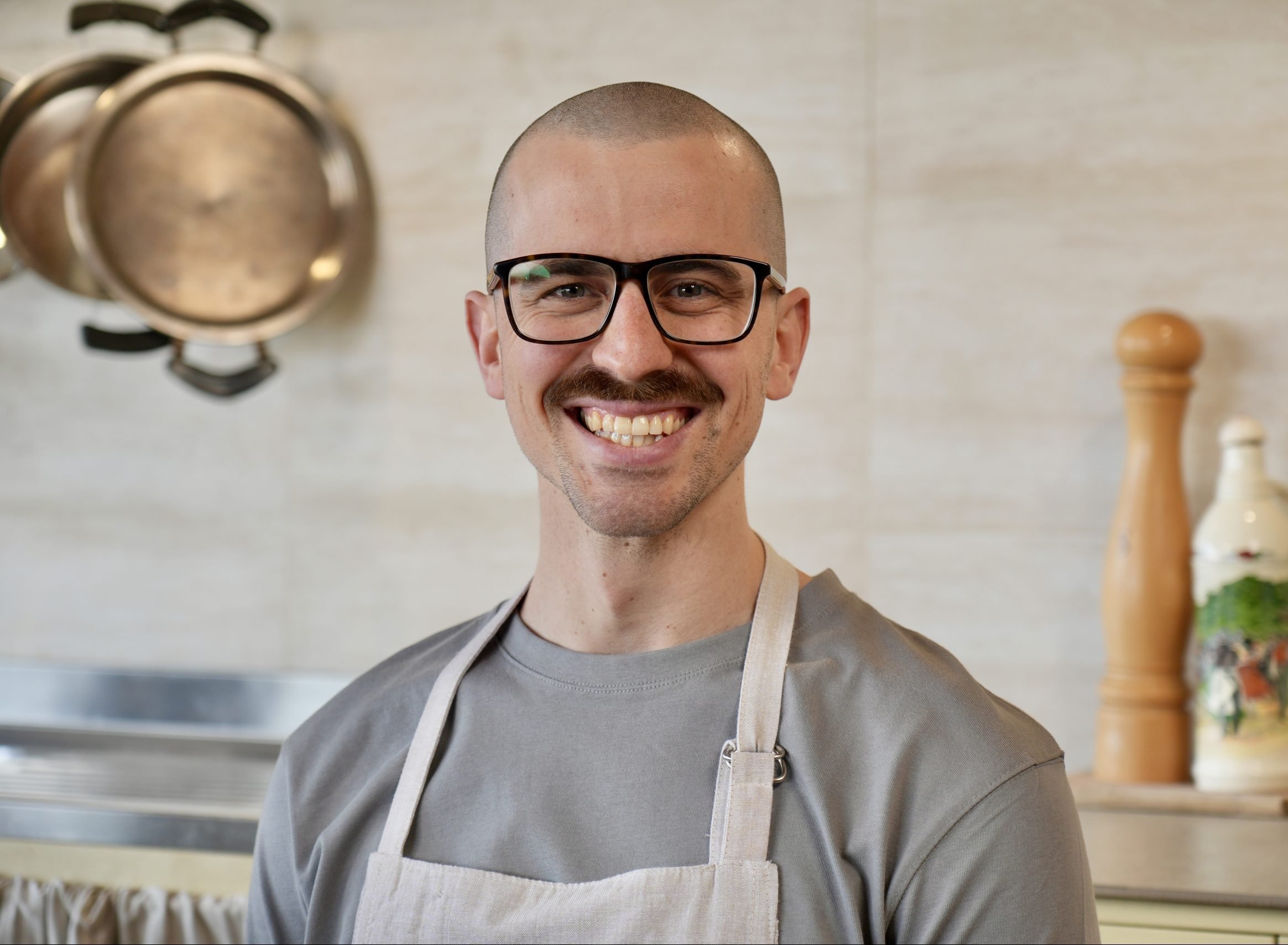 The social media star resurrecting Italy's forgotten culinary classics
The social media star resurrecting Italy's forgotten culinary classics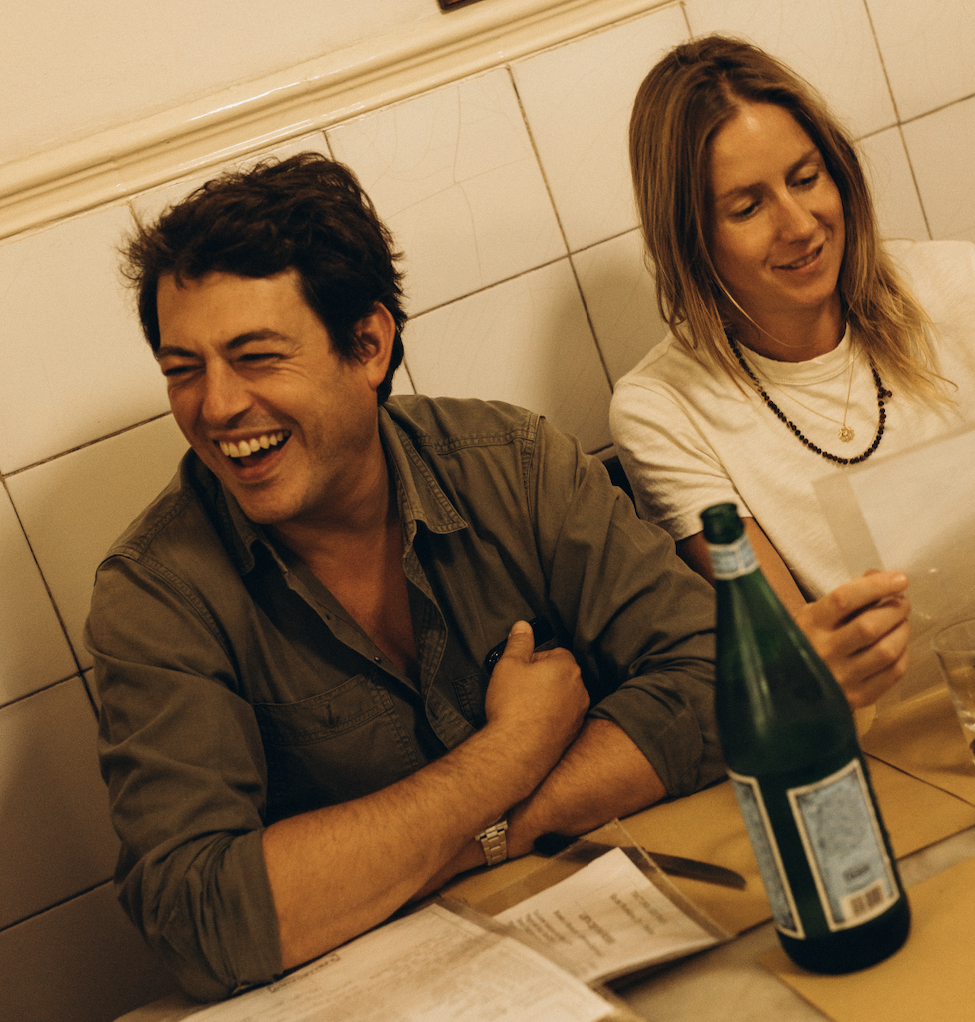 Giovanni Mazzei brings a taste of Florence to London
Giovanni Mazzei brings a taste of Florence to London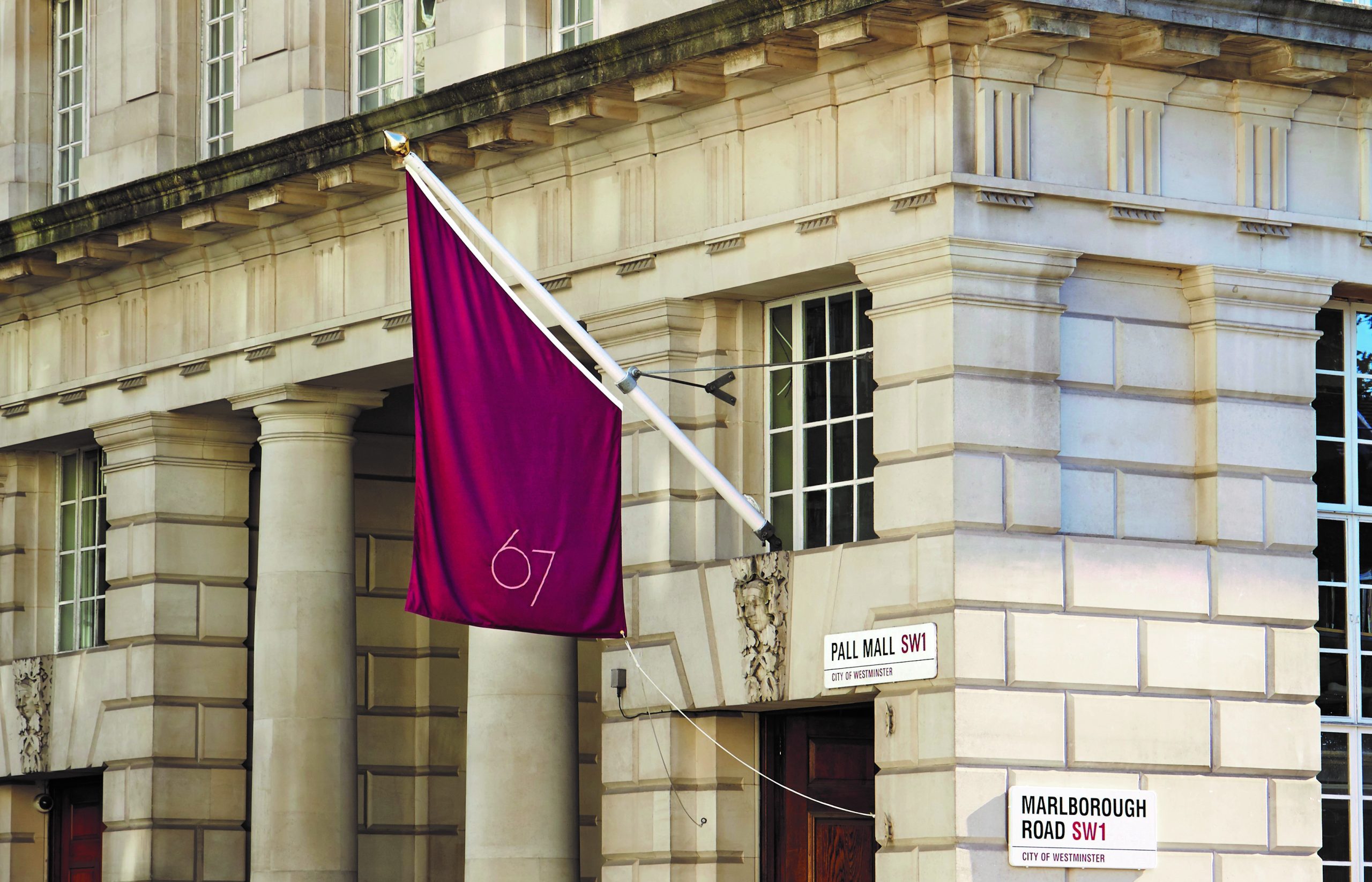 Burgundy dominates but Italy is rising: a look at London's fine wine trends
Burgundy dominates but Italy is rising: a look at London's fine wine trends